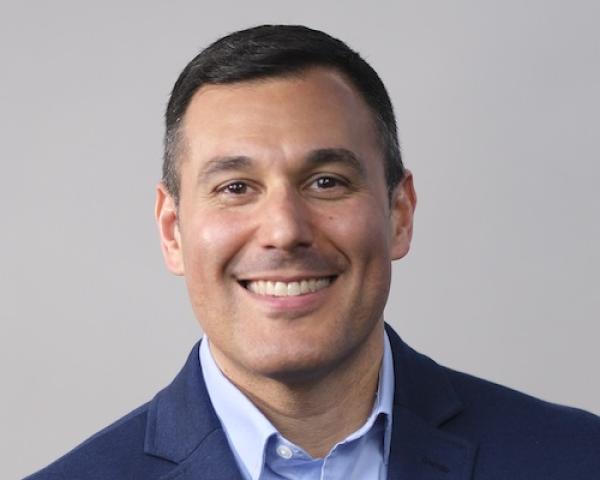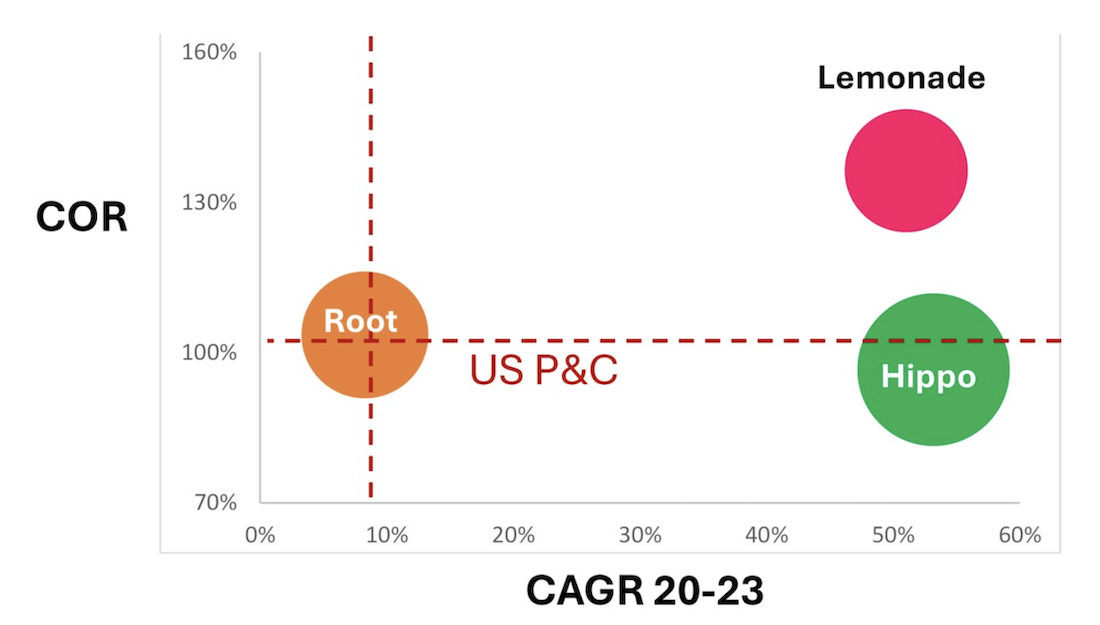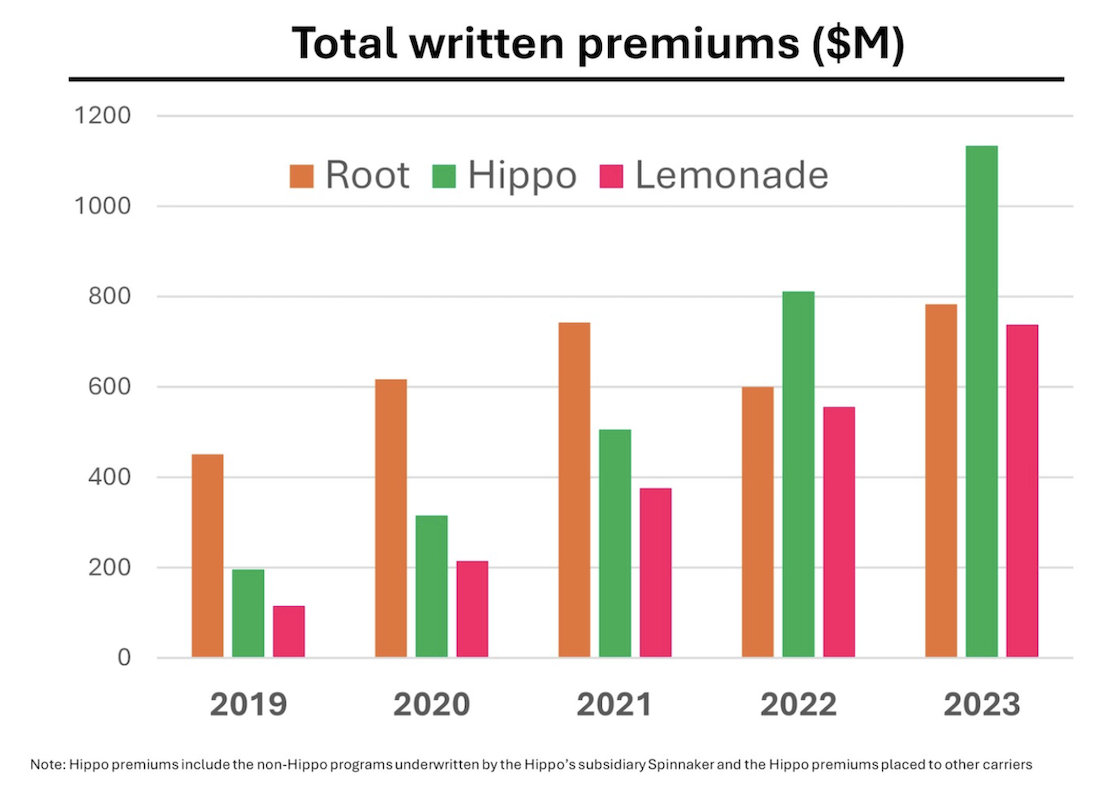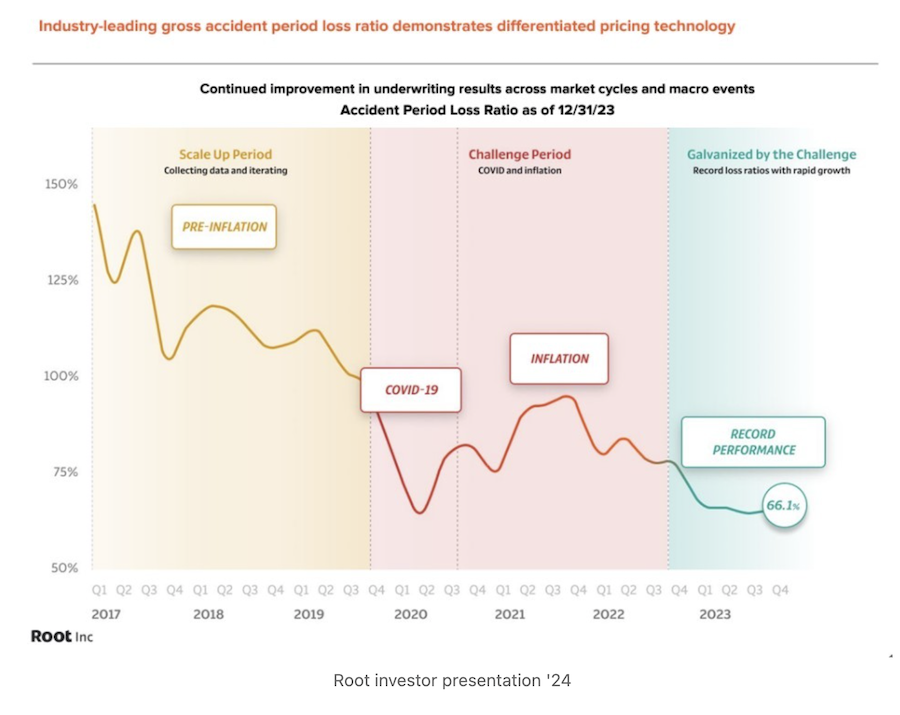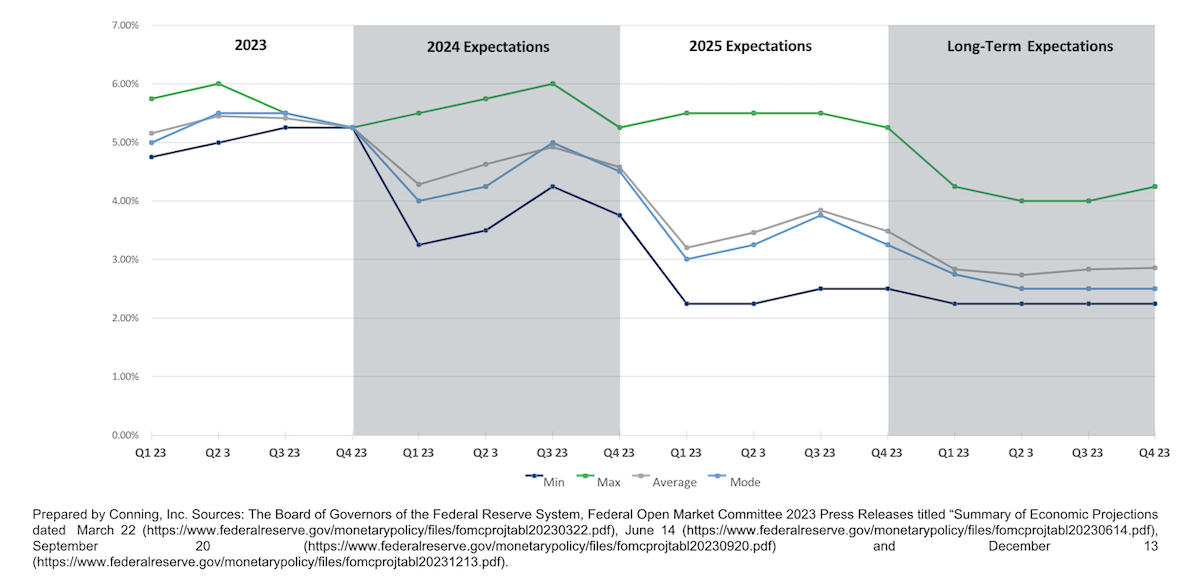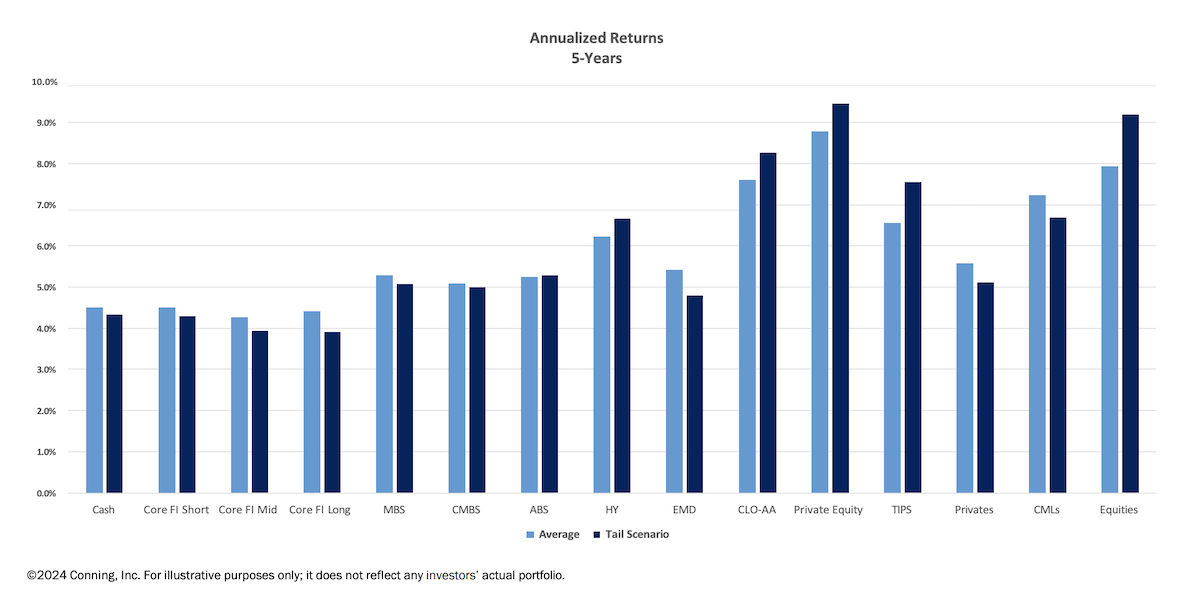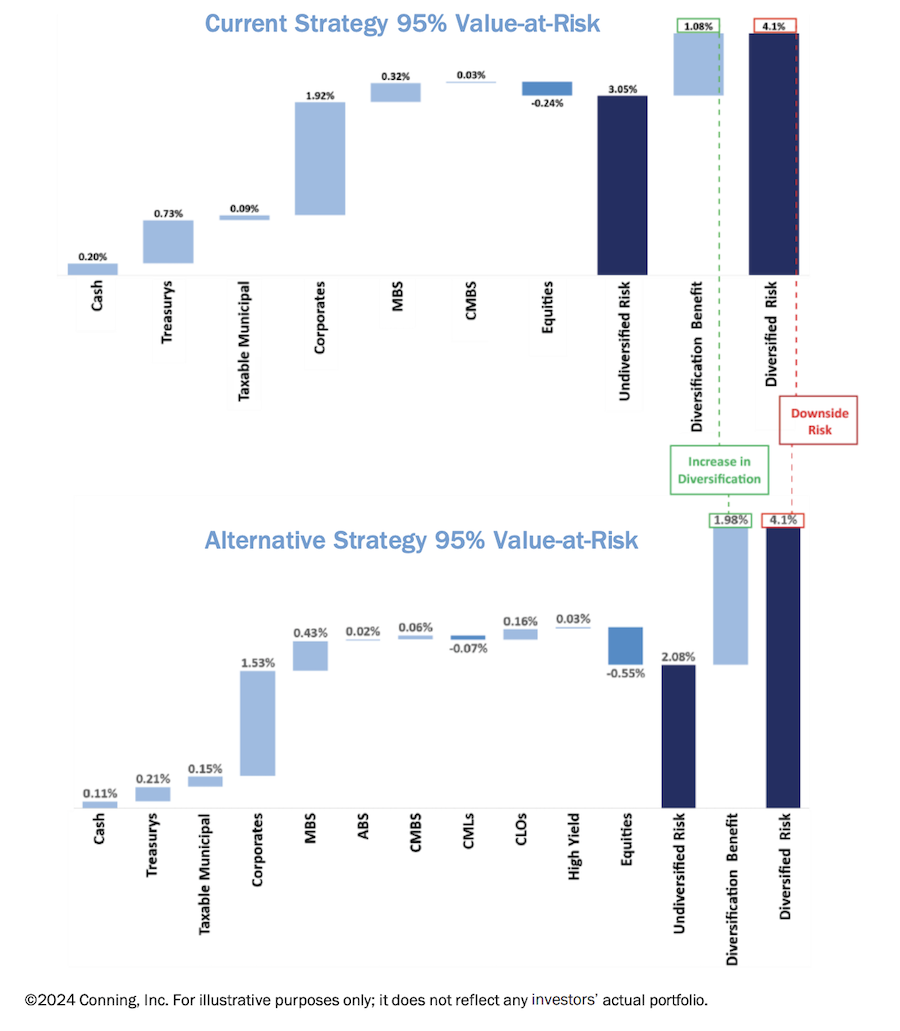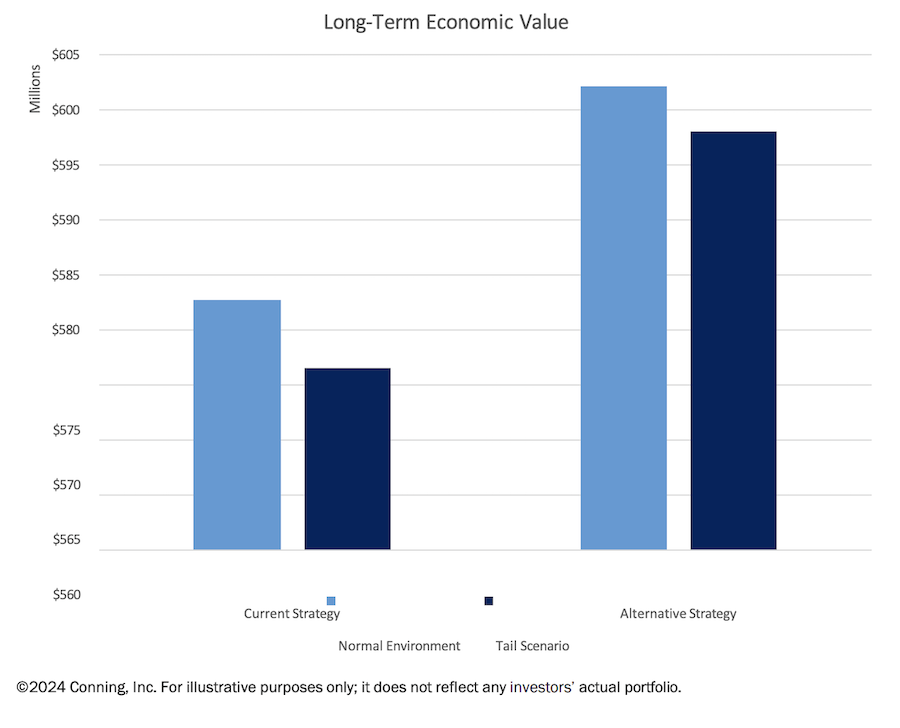Businesses always search for ways to drive growth, increase performance and achieve their strategic objectives. One framework that has gained popularity in recent years is Objectives and Key Results (OKRs). They offer a structured approach to setting and measuring goals, enabling organizations to align their efforts and focus on what's most important. But just implementing OKRs is not enough. You need a dedicated and passionate individual to champion the OKR process -- the OKR champion.
The OKR champion plays an essential role in ensuring OKRs are implemented effectively and widely adopted throughout the organization. They act as catalysts for change, driving the cultural shift required to embrace this goal-setting methodology. By promoting OKRs, providing guidance and support, and fostering accountability and transparency, an OKR champion can significantly contribute to an organization's success by cultivating a results-driven culture.
What is an OKR champion?
An OKR champion is an individual who takes on the responsibility of leading and facilitating the implementation and adoption of the OKR framework. They act as a guide, mentor and advocate and are the go-to person for all things related to OKRs.
An OKR champion is a dedicated and passionate person who strongly believes in the power of OKRs to drive organizational success. They have a deep understanding of the OKR framework and are committed to helping their organization effectively adopt and use this goal-setting approach.
Key characteristics of an effective OKR champion
To become an effective OKR champion, one should possess several key characteristics, including:
1. Strong communication skills
OKR champions must be able to clearly articulate the benefits of OKRs and communicate the framework to employees at all levels.
2. Strategic thinking
They should have the ability to see the big picture and understand how OKRs can be aligned with the organization's overall strategy and objectives.
3. Collaborative mindset
OKR champions must work well with others, fostering a sense of teamwork and collaboration in the pursuit of common goals.
4. Adaptability
As the organization evolves and faces new challenges, OKR champions need to be flexible, adjusting the OKR process as needed to maintain its effectiveness.
5. Patience and persistence
Implementing OKRs can be a gradual process, and OKR champions must be patient and persistent in their efforts to drive adoption and maintain momentum.
See also: 10 Ways Insurers Should Lean on OKRs
The benefits of having an OKR champion
Having a dedicated OKR champion can provide numerous benefits that contribute to the overall success of the organization:
1. Ensuring alignment between teams and organizational goals
The main duty of an OKR champion is to ensure that the OKRs set by different teams and employees are in line with the organization's overall objectives. By guiding and facilitating the setting of OKRs, the champion helps establish a clear connection between day-to-day activities and the company's strategic priorities. This alignment is essential for driving targeted efforts and achieving desired outcomes.
2. Promoting a culture of accountability and transparency
OKR champions play a crucial role in promoting accountability and transparency within an organization. They achieve this by regularly communicating the progress of OKRs, celebrating successes and openly discussing challenges. This approach creates an environment where everyone takes ownership of their goals and understands how their contributions affect the larger picture. Promoting transparency enables better collaboration and problem-solving across teams.
3. Encouraging employee engagement and motivation
When employees have a clear understanding of how their work contributes to the success of their organization, they are more likely to be engaged and motivated. OKR champions play a vital role in creating this clarity by ensuring that OKRs are well-defined, communicated effectively and reviewed regularly. By involving employees in the OKR process and acknowledging their accomplishments, champions can enhance morale and create a sense of purpose and commitment toward the organization's objectives.
4. Facilitating continuous improvement and learning
OKR champions are key in promoting a culture of continuous improvement and learning. They regularly review OKR progress, identify areas that need improvement and facilitate open discussions to help teams and individuals learn from their experiences and adjust their approaches as necessary. This focus on continuous improvement enables the organization to remain agile, innovate and maintain a competitive edge.
5. Driving better performance and results
The efforts of an OKR champion can significantly improve organizational performance and results. By ensuring alignment, promoting accountability, encouraging engagement, and facilitating continuous improvement champions help create an environment where everyone is working together toward common goals and striving for excellence. This focused and collaborative approach can lead to increased productivity, better decision-making and achieving strategic objectives.
Responsibilities of an OKR champion
There are five primary responsibilities that an OKR champion should fulfill:
1. Advocating for OKRs within the organization
As an OKR champion, you must convince your organization's leaders, teams and individual employees about the benefits of OKRs. Your role involves effectively communicating the framework's advantages and building support for the OKR process. It is crucial to articulate how OKRs can help drive focus, alignment and better performance across the organization.
2. Educating and training employees on OKRs
To ensure that OKRs are effectively adopted, the champion is responsible for educating and training employees on the framework. This involves explaining the principles and best practices of OKRs and helping teams understand how to use OKRs to drive their work.
3. Facilitating the OKR-setting process
This involves collaborating with the leadership team to establish top-level objectives, assisting teams in aligning their OKRs with the organization's goals and ensuring that the OKRs are specific, measurable and challenging yet attainable. Additionally, the champion may guide teams in determining the appropriate frequency for OKR cycles and aid in refining their OKRs as needed.
4. Providing support and guidance to teams and individuals
During the OKR process, the champion plays a crucial role as a resource and support system for both teams and individuals. They are responsible for answering any questions that may arise, providing guidance on how to overcome challenges, and offering advice on how to stay on track and achieve objectives. It is important for the champion to be approachable, knowledgeable and committed to helping others succeed with OKRs.
5. Communicating OKR updates and successes
The OKR champion has the responsibility of communicating any updates and successes related to OKRs across the organization. This involves sharing progress updates regularly, highlighting key achievements and celebrating wins as they occur. By communicating the impact and value of OKRs, the champion helps maintain momentum and engagement and reinforces the importance of the framework in driving organizational success.
See also: How to Optimize Insurance Claims Management
Best practices for OKR champions
As an OKR champion, you need to follow certain best practices to ensure the successful adoption and implementation of OKRs within an organization:
1. Leading by example and setting the right tone
An effective OKR champion should not only promote the usage of OKRs but also use the framework in their own work. By setting challenging OKRs, regularly monitoring progress and openly communicating their own accomplishments and difficulties, the champion can motivate others to adopt OKRs.
2. Collaborating with leadership and other stakeholders
To ensure that OKRs are successful, the champion needs to work closely with leadership and other key stakeholders in the organization. This involves defining top-level objectives with the executives, integrating OKRs into performance management processes with HR and ensuring alignment with team leaders. By fostering strong partnerships and open communication, the champion can help ensure that there is organization-wide buy-in and support for OKRs.
3. Regularly reviewing and refining the OKR process
Implementing OKRs requires regular review and refinement. The OKR champion should seek feedback from teams and individuals, assess what's working well and what could be improved and make necessary adjustments to the OKR process. This may involve updating templates, refining the cadence of OKR cycles or providing additional training and support. By continuously improving the OKR process, the champion can help ensure its long-term effectiveness and relevance.
4. Celebrating successes and recognizing contributions
When teams and individuals achieve their objectives or make significant progress, the champion should acknowledge and celebrate those wins. This can be done through public recognition, team celebrations or small gestures of appreciation. By highlighting successes, the champion reinforces the value of OKRs and keeps employees motivated and engaged.
5. Continuously learning and staying up-to-date with OKR best practices
To be an effective OKR champion, it's important to continuously learn and stay up-to-date with the latest OKR best practices and trends. This may involve attending workshops and conferences, reading industry blogs and articles and connecting with other OKR practitioners to share insights and experiences. The champion can bring new ideas and approaches to their organization and help drive continuing success for the OKRs.
The wrap
The OKR framework is a powerful tool for organizations looking to achieve their goals. However, the successful adoption and utilization of OKRs requires a dedicated champion who can drive the process, align teams, promote accountability and foster a culture of continuous improvement.
To excel as an OKR champion, it is important to follow best practices such as leading by example, collaborating with leadership and stakeholders, constantly refining the OKR process, celebrating successes and staying up-to-date with industry trends. By embodying these practices and demonstrating a strong commitment to the success of OKRs, champions can make a significant impact.
As organizations encounter new challenges and opportunities, the role of the OKR champion becomes more vital in ensuring teams remain focused, agile and aligned with strategic objectives. By promoting the OKR framework, OKR champions can assist their organizations in not only surviving but also thriving.







